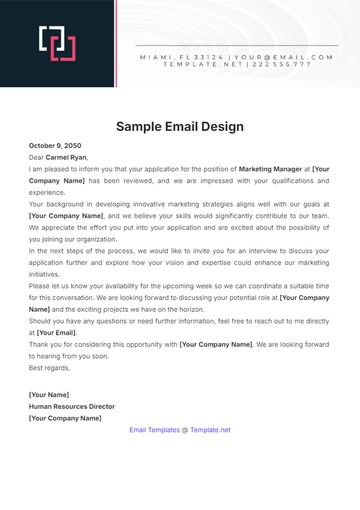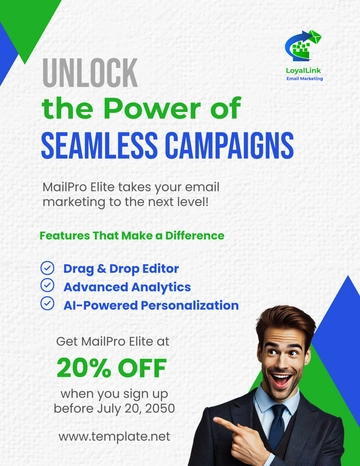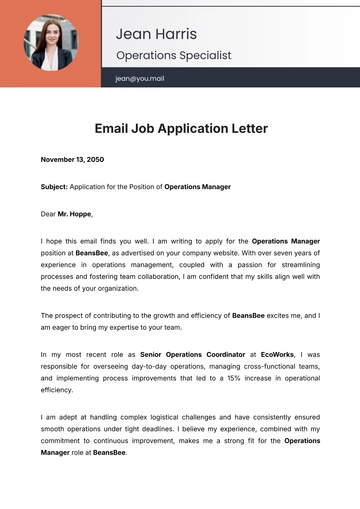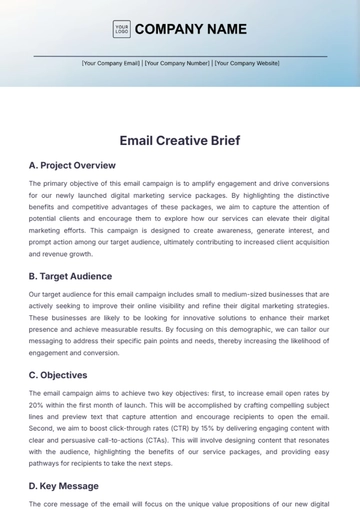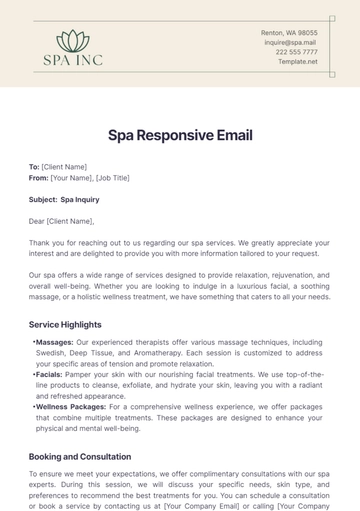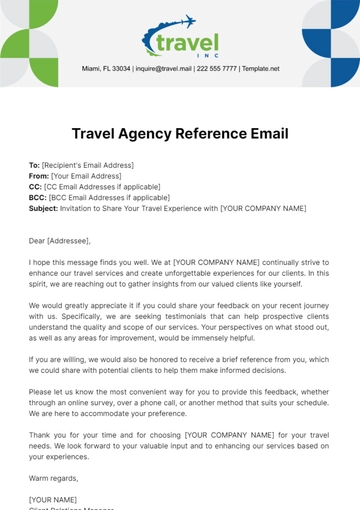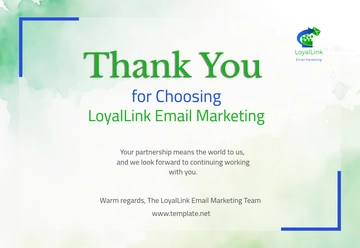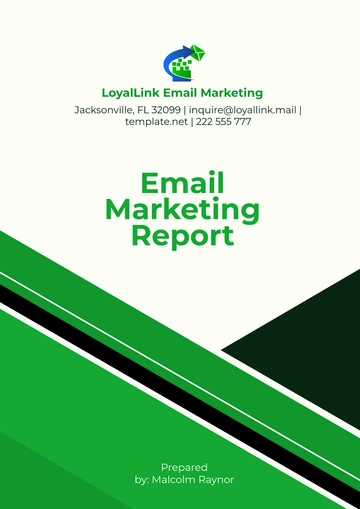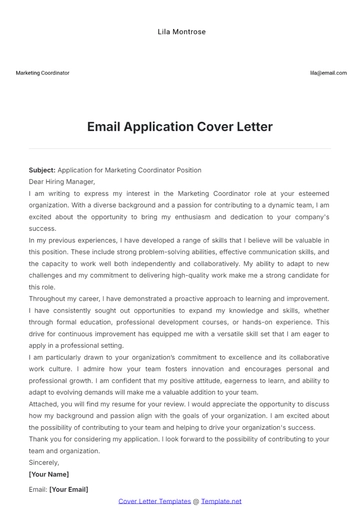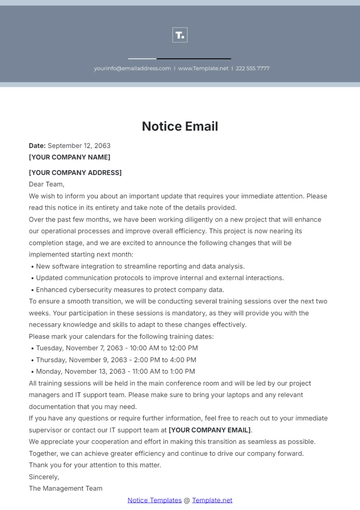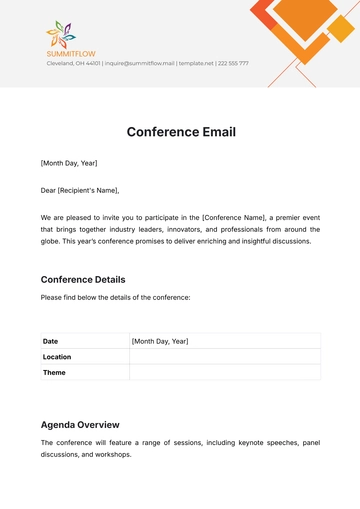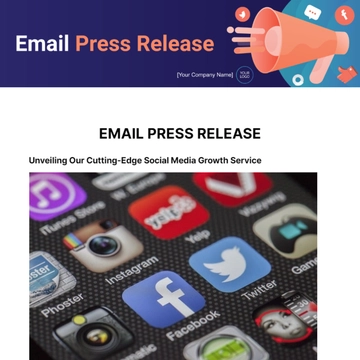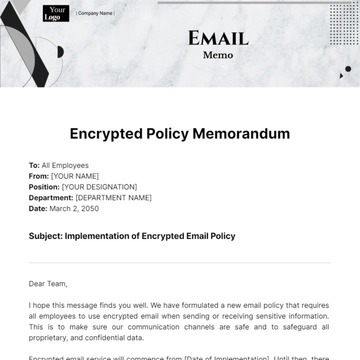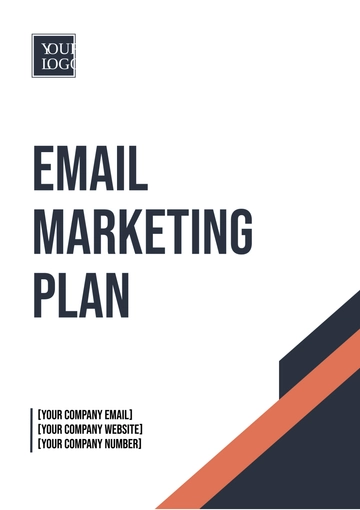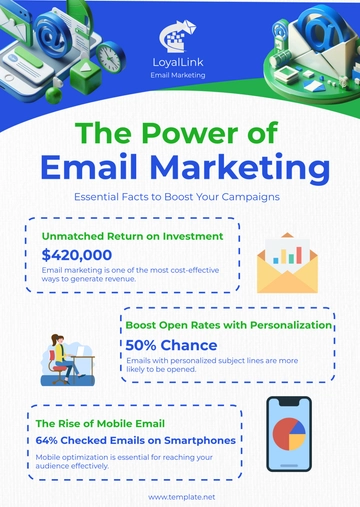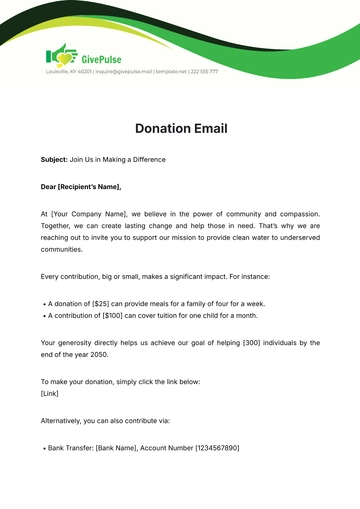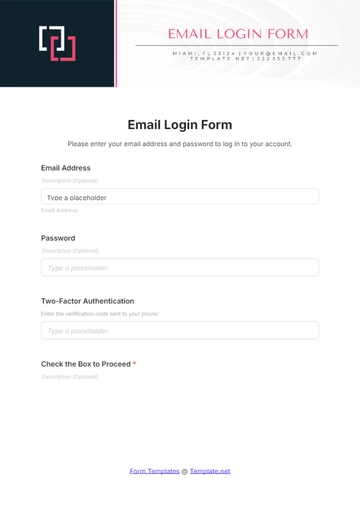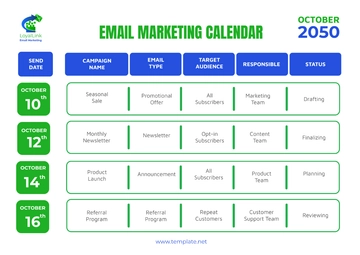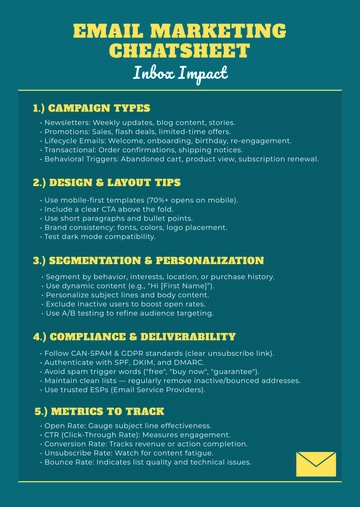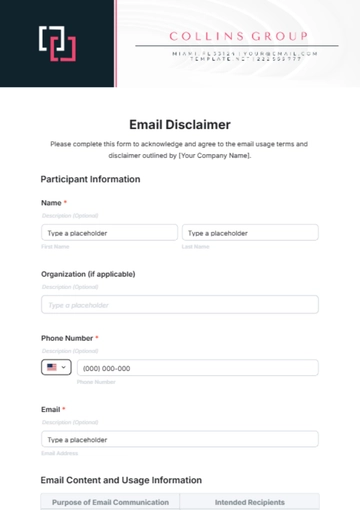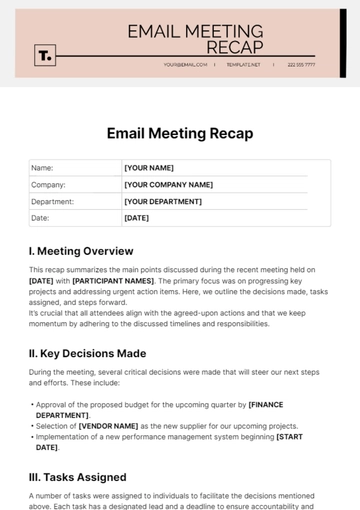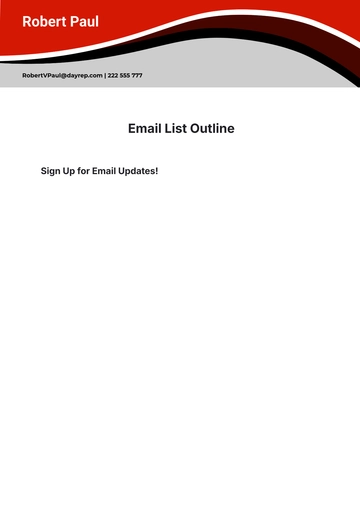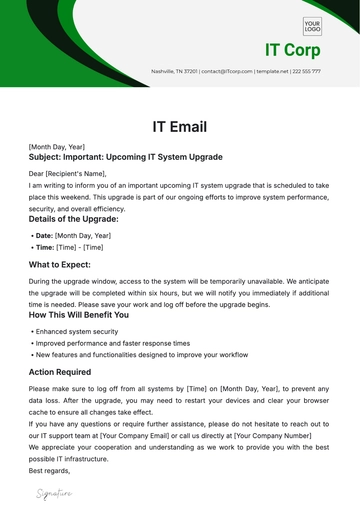Free Email Marketing Guide on Using Analytics
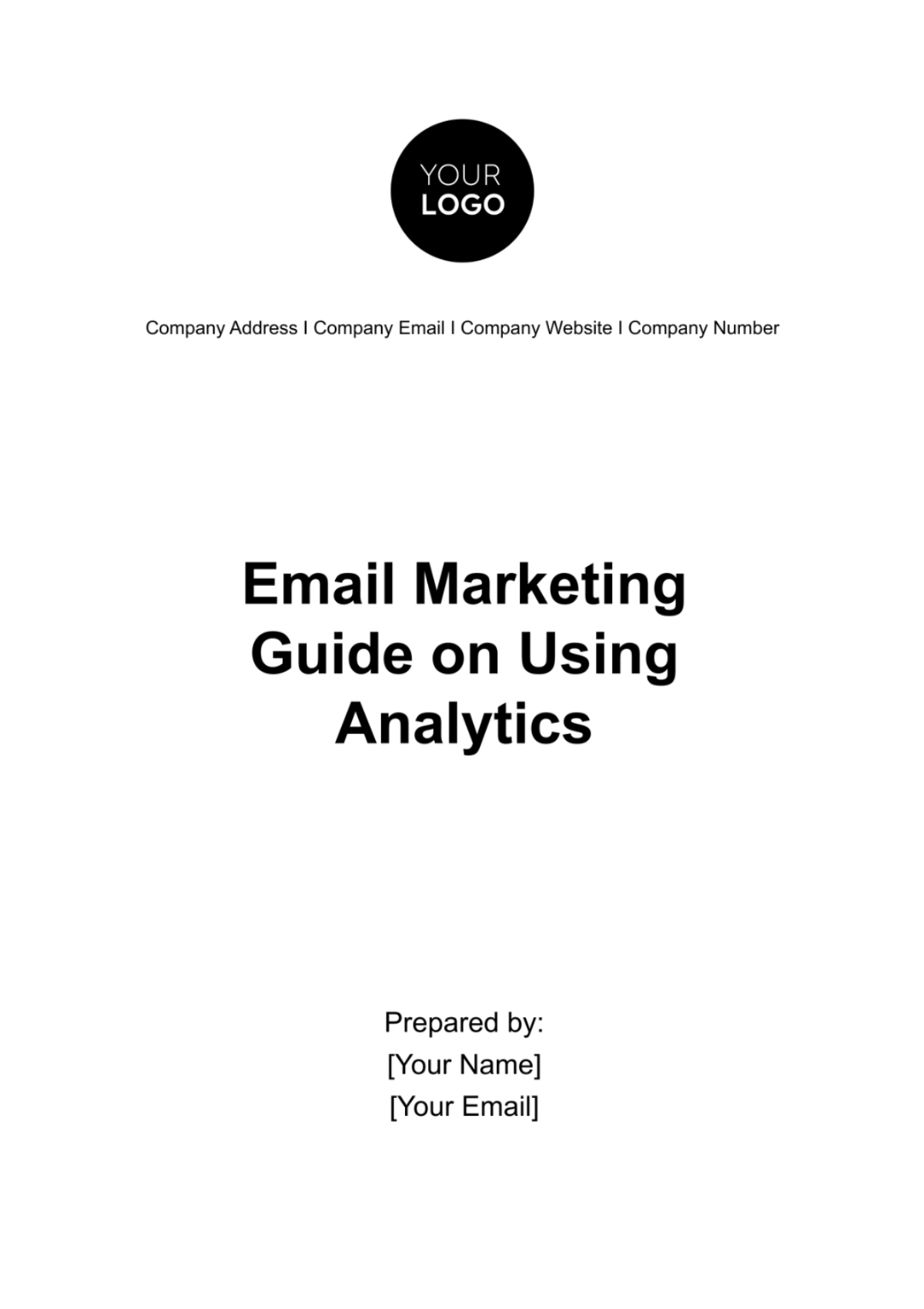
I. Introduction to Email Marketing Analytics
A. What is Email Marketing Analytics?
Email Marketing Analytics involves the collection, analysis, and interpretation of data generated by your email marketing campaigns. It helps you gauge the performance of your email marketing efforts, providing insights into what's working and what isn't.
B. Why are Email Marketing Analytics Important?
Analyzing email marketing data allows you to make informed decisions. It helps you understand your audience, tailor your content, and optimize campaigns for better results. By leveraging analytics, you can maximize your ROI and create more successful email marketing strategies.
II. Key Metrics to Monitor
A. Open Rate
The open rate is a crucial metric in email marketing that provides insights into the effectiveness of your subject lines and sender names. It's the percentage of recipients who opened your email out of the total number of emails sent. A high open rate indicates that your email's first impression was successful in capturing the recipient's attention. To improve the open rate, consider crafting intriguing subject lines, optimizing sender names, and ensuring mobile-friendly designs that encourage recipients to click and explore the content within.
B. Click-Through Rate (CTR)
The click-through rate measures the percentage of recipients who clicked on a link or CTA within your email, indicating their interest in your content. A high CTR is a strong indicator of engaging content and effective call-to-action placement. To boost your CTR, focus on creating compelling content, clear CTAs, and user-friendly designs. A/B testing can help identify the most effective elements to maximize your CTR.
C. Conversion Rate
Conversion rate is the percentage of email recipients who completed a desired action after clicking through your email, such as making a purchase, signing up for a webinar, or filling out a contact form. This metric is a direct reflection of your email's effectiveness in achieving your campaign objectives. To improve your conversion rate, make sure your email content aligns with the recipient's expectations and offers a seamless transition from email to your landing page or desired action.
D. Bounce Rate
Bounce rate indicates the percentage of emails that couldn't be delivered to the recipient's inbox. It's categorized into two types: "hard" bounces (e.g., invalid email addresses) and "soft" bounces (e.g., temporary issues like a full inbox). High bounce rates could harm your sender reputation and deliverability. Regularly clean your email list to remove invalid addresses, and ensure your email infrastructure is properly configured to minimize bounces.
E. Unsubscribe Rate
The unsubscribe rate is the percentage of recipients who have opted out of your email list after receiving your email. Monitoring this metric is crucial to gauge the impact of your email content and frequency on your audience. High unsubscribe rates may indicate that your emails are not meeting recipient expectations or that you are sending emails too frequently. To reduce unsubscribes, maintain clear and consistent email preferences and frequency options for your subscribers.
III. Analyzing Email Engagement
A. Segmentation
Segmentation involves dividing your email list into smaller groups based on specific criteria, such as demographics, behavior, or purchase history. It allows you to send highly targeted and relevant content to each segment. Analyzing engagement within these segments helps you understand which groups respond better to particular types of content, enabling you to tailor your email campaigns for maximum impact. Segmentation leads to increased engagement, higher conversion rates, and improved customer satisfaction.
B. Personalization
Personalization is a powerful tool for improving email engagement. By analyzing recipient data and behavior, you can create highly personalized emails that cater to individual interests and preferences. Incorporating recipient names, dynamic content, and personalized product recommendations can significantly boost open rates, CTRs, and conversions. Analyze recipient interactions and use this data to craft content that speaks directly to their needs and desires.
C. A/B Testing
A/B testing (split testing) is a systematic way to compare two versions of an email to determine which one performs better. By analyzing A/B test results, you gain valuable insights into what resonates with your audience. Test different elements such as subject lines, content layouts, images, and CTAs. Through continuous A/B testing, you can refine your email marketing strategy and optimize campaigns for higher engagement, ensuring that you're always delivering the most compelling content to your audience.
IV. Advanced Analytics Techniques
Please note that for advanced analytics, you may need more sophisticated tools and potentially the assistance of data scientists or analysts.
A. Cohort Analysis
Cohort analysis groups users who share a common characteristic or behavior and allows you to track their behavior over time. For email marketing, this technique is immensely valuable for understanding long-term engagement trends. By analyzing cohorts, you can see how different customer groups interact with your emails, helping you identify patterns and opportunities for improving customer retention and building stronger relationships over time.
B. Customer Lifetime Value (CLV)
Customer Lifetime Value (CLV) is a metric that predicts the revenue a customer is likely to generate throughout their relationship with your brand. Advanced analytics allows you to calculate CLV by considering various factors such as purchase history, frequency, and average order value. Understanding CLV can help you tailor email campaigns to nurture high-value customers, increase their loyalty, and maximize their long-term value to your business.
C. Predictive Analytics
Predictive analytics leverages historical data to forecast future trends and behaviors. In email marketing, it can help you anticipate customer preferences and optimize campaigns accordingly. By utilizing predictive analytics models, you can send the right content to the right people at the right time, resulting in improved engagement and higher conversion rates.
V. Tools and Platforms
A. Analytics Software
Invest in robust analytics tools like Google Analytics, Adobe Analytics, or specialized email marketing analytics software. These platforms offer in-depth data analysis capabilities, including tracking user behavior on your website, measuring conversions, and providing insights into the customer journey.
B. Email Marketing Platforms
Popular email marketing platforms like Mailchimp, HubSpot, and Constant Contact provide built-in analytics features to track and measure campaign performance. These platforms often offer user-friendly dashboards, making it easier for marketers to analyze and act upon the data.
C. Integrations
Integrate your email marketing platform with other data sources, such as CRM systems, e-commerce platforms, and customer databases. This integration enhances your ability to gather comprehensive customer data and create more accurate and insightful analytics.
VI. Best Practices for Email Marketing Analytics
A. Data Privacy and Compliance
In an era where data privacy is paramount, ensure that your email marketing practices comply with data protection regulations such as GDPR and CCPA. Maintain transparency in how you handle customer data, obtain necessary consents, and uphold data privacy best practices to build trust with your audience.
B. Data Visualization
Data visualization tools enable you to create easily understandable reports and dashboards. Visual representations of data, such as charts and graphs, make it simpler to spot trends, patterns, and anomalies. Consider using data visualization tools to turn complex data into actionable insights that are easily shared and understood within your organization.
C. Reporting and Insights
Regularly review and analyze email marketing reports to identify areas for improvement. Create a structured reporting process that includes key performance indicators (KPIs) and benchmarks. Turning data into actionable insights will allow you to refine your email marketing strategy continuously. Share insights with your team and use them to make data-driven decisions that enhance your email marketing efforts.
VII. Conclusion
In the dynamic realm of email marketing, the integration of analytics has become indispensable to achieving success. Email marketing analytics empower marketers with the knowledge and insights needed to refine campaigns, optimize performance, and deliver the most value to their audience. As we look ahead to [Year] and beyond, the significance of email marketing analytics cannot be overstated.
Recap of Key Points
Data-Driven Decision-Making: Analytics in email marketing allows you to make informed, data-driven decisions rather than relying solely on intuition. By analyzing data, you gain the ability to fine-tune your strategies and create tailored campaigns.
Essential Metrics: Understanding key metrics such as open rate, click-through rate, conversion rate, bounce rate, and unsubscribe rate is fundamental. These metrics serve as barometers for campaign performance and areas that require attention.
Enhancing Engagement: Segmentation, personalization, and A/B testing are effective strategies for enhancing email engagement. These techniques allow you to target the right audience, deliver personalized content, and fine-tune your campaigns for optimal results.
Advanced Analytics: Cohort analysis, Customer Lifetime Value (CLV), and predictive analytics offer more sophisticated ways to extract deeper insights from your email marketing data. They empower you to understand long-term trends, forecast customer behavior, and nurture high-value customers.
Tool Selection: The choice of analytics software, email marketing platforms, and integrations can significantly impact your data analysis capabilities. Select tools that align with your business needs and goals, and ensure they provide the necessary reporting and data visualization features.
Privacy and Compliance: Compliance with data protection regulations is non-negotiable. Prioritize data privacy, obtain consent, and maintain accurate records to build and retain trust with your audience.
Data Visualization: Visual representations of data make complex information more accessible. Utilize data visualization tools to create charts, graphs, and dashboards that facilitate easy data interpretation and sharing within your team.
Reporting and Insights: Regularly generate structured reports that contain key findings, actionable insights, and KPIs. Use these reports to drive data-driven decision-making and continuously improve your email marketing strategy.
The Future of Email Marketing Analytics
In the future, email marketing analytics will continue to evolve. As technology advances, the ability to collect and analyze data will become even more sophisticated. Marketers will rely on AI and machine learning to gain deeper insights and make real-time adjustments to their campaigns.
The importance of analytics will persist, enabling marketers to adapt to changing consumer behaviors and preferences. Email marketing will remain a valuable channel for reaching and engaging audiences, with analytics serving as the compass that guides marketers through the ever-shifting landscape.
Email marketing is both an art and a science, and analytics is the bridge that connects these two worlds. By embracing analytics, marketers can harness the power of data to create more personalized, engaging, and successful email marketing campaigns. Whether you're aiming to increase open rates, boost conversion rates, or nurture lasting customer relationships, email marketing analytics will be your trusted ally in the journey to success.
Marketing Templates @ Template.net
- 100% Customizable, free editor
- Access 1 Million+ Templates, photo’s & graphics
- Download or share as a template
- Click and replace photos, graphics, text, backgrounds
- Resize, crop, AI write & more
- Access advanced editor
Explore the Email Marketing Guide on Using Analytics Template on Template.net! This editable and customizable resource provides insights into leveraging analytics for email campaigns. Tailor it effortlessly to your needs using our Ai Editor Tool. Enhance your email marketing strategies with actionable data. Elevate your campaign performance with ease and precision.


